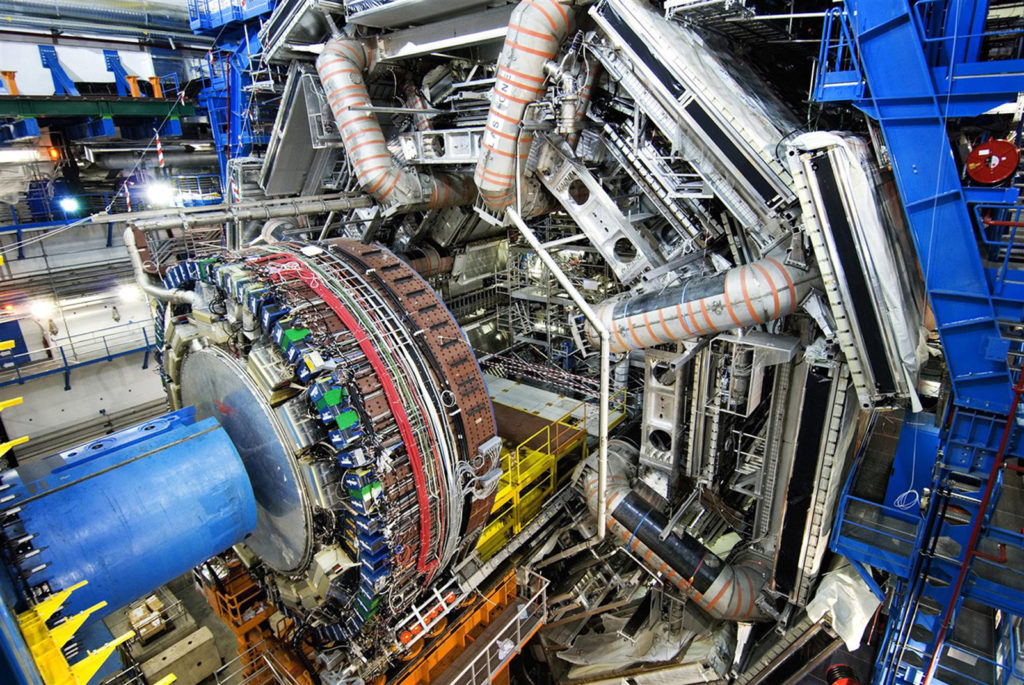The Higgs Boson – Uncovering the Particle Physics of the God Particle
Higgs Boson Revealed?
 The relatively recent announcement by physicists working with the Large Hadron Collider that they may have discerned the Higgs boson has generated much excitement in the physics community and beyond.
The relatively recent announcement by physicists working with the Large Hadron Collider that they may have discerned the Higgs boson has generated much excitement in the physics community and beyond.
After all, the Higgs particle is the only particle predicted to exist through mathematical deduction that had not yet been found.
Before this, the photon, W boson, Z boson, and many others comprising the so-called particle zoo of the Standard Model of Particle Physics had all been discovered by particle accelerators (and other methods), leading up to the LHC’s most recent find.
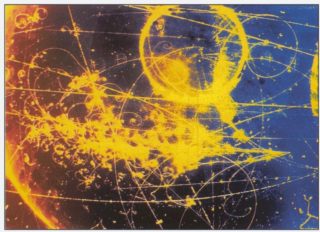 CERN (European Center for Nuclear Research) has found the tell-tale signature of the Higgs boson while sifting through inordinate amounts of data generated by the Large Hadron Collider.
CERN (European Center for Nuclear Research) has found the tell-tale signature of the Higgs boson while sifting through inordinate amounts of data generated by the Large Hadron Collider.
But what, exactly, is the Higgs particle?
About half-a-century ago, in 1964, a young theoretician and particle physicist by the name of Peter Higgs theorized that there was an energy field that permeates all of space; this field supposedly endows subatomic particles with mass.
Now, you might ask, what precipitated the need for such a theorem?
[socialpoll id=”2421888″]
The Higgs Field and Particle Interactions
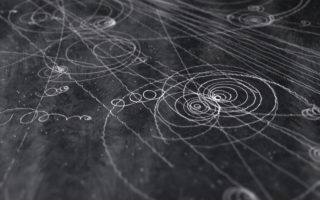 The Higgs field is an ever-present phenomenon and determines how massive we perceive particles to be.
The Higgs field is an ever-present phenomenon and determines how massive we perceive particles to be.
The very massive particles happen to interact with the Higgs field a lot, whereas the lightweight particles interact very little and the zero-mass particles (such as the photon and possibly some neutrino generations) don’t interact with the Higgs at all.
 Philosophically – as well as, necessarily, topically – the situation is somewhat akin to dark matter.
Philosophically – as well as, necessarily, topically – the situation is somewhat akin to dark matter.
Dark matter doesn’t interact with matter on the scales we’re used to seeing and touching, but plays a very large role in the large-scale structure of the universe – in fact, it dominates it when compared to matter that reflects light.
For a better example, picture the Higgs field as a stream of water and the various particles in the Standard Model of Particle Physics as the denizens of the sea.
 A streamlined swordfish swimming through this water/Higgs particle-field will not interact very strongly with it and so would be a light particle.
A streamlined swordfish swimming through this water/Higgs particle-field will not interact very strongly with it and so would be a light particle.
A heavy and awkward human figure waddling through the same seas would interact very strongly with the water, and thus would be a massive particle-equivalent.
The reason our human swimmer is so massive, is precisely because he’s interacting strongly with the water and thus slowing down.
The swordfish, on the other hand, is streamlined, which makes it quick precisely because it isn’t interacting strongly with the water.
[socialpoll id=”2421892″]

What We Know Regarding Particles and Mass
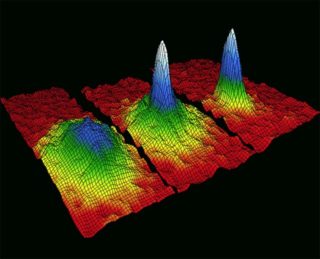 You often hear of massive particles and lightweight leptons, suggesting that the numerous fundamental and composite subatomic particles all have different fundamental masses.
You often hear of massive particles and lightweight leptons, suggesting that the numerous fundamental and composite subatomic particles all have different fundamental masses.
The truth is more involved, however; the lightest fundamental particle is generally regarded as the electron, which is over a quarter-million times lighter than the heaviest top-quark.
Classically, we interpret these physical facts visually as the top-quark being like the Sun and the electron being like the Earth (in fact, this analogy is virtually one-to-one; the Earth is less massive than the Sun by just this amount).
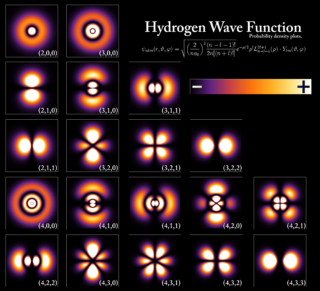 The truth, however, is that the electron and the top-quark are actually the same size, in the sense that they are both effectively point-sources.
The truth, however, is that the electron and the top-quark are actually the same size, in the sense that they are both effectively point-sources.
It is the Higgs field that serves to distinguish them size-wise; the top-quark drags through it much more readily that the electron does.
As an analogy, it does this in the same way that a streamlined sub will pass through water much more readily than a similar-sized sub with many outcroppings and jagged edges and ridges on the chassis.
The Higgs Particle, Quantized
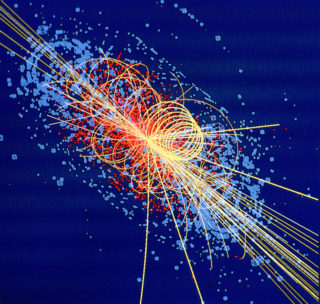 With all this talk of the Higgs field and interacting particles, what is all this talk of the Higgs boson and its alleged discovery at the Large Hadron Collider?
With all this talk of the Higgs field and interacting particles, what is all this talk of the Higgs boson and its alleged discovery at the Large Hadron Collider?
If the late 19th century and early 20th taught us anything, it is that for every field in physics, there is a quantized version called a particle. It is the essential crux of wave-particle duality.
The photon, for example, is the quantized tidbit of the electromagnetic field – the fundamental unit of this gauge theory.
We can revisit the analogy of water to understand this: water is experienced by us as a continuous liquid, which we also know is comprised of individual molecules of H2O. The molecule forms the fundamental, smallest unit of water and trillions upon trillions of these units come together to make what we experience as a liquid.
 The Higgs boson is the quantized, smallest part of the Higgs field.
The Higgs boson is the quantized, smallest part of the Higgs field.
It is the particle that carries the force of interaction experienced by massive particles and cannot be reduced any further.
Just like photons (which are also classified as bosons, for reasons beyond the scope of this article), which don’t interact strongly with everything – dark matter, for example – the Higgs particle doesn’t interact with everything either.
Neutrinos and other lightweight leptons that flit through spacetime virtually unimpeded, do not “see” the Higgs field, or see it as a blurry, barely-there field, which is the precise mechanism/progenitor of their relative freedom. As CERN (the European Center For Nuclear Research) physicists continue to sift through the data, expect more exciting news to emerge about this savior of the Standard Model.
Practical Benefits of the Expensive Large Hadron Collider
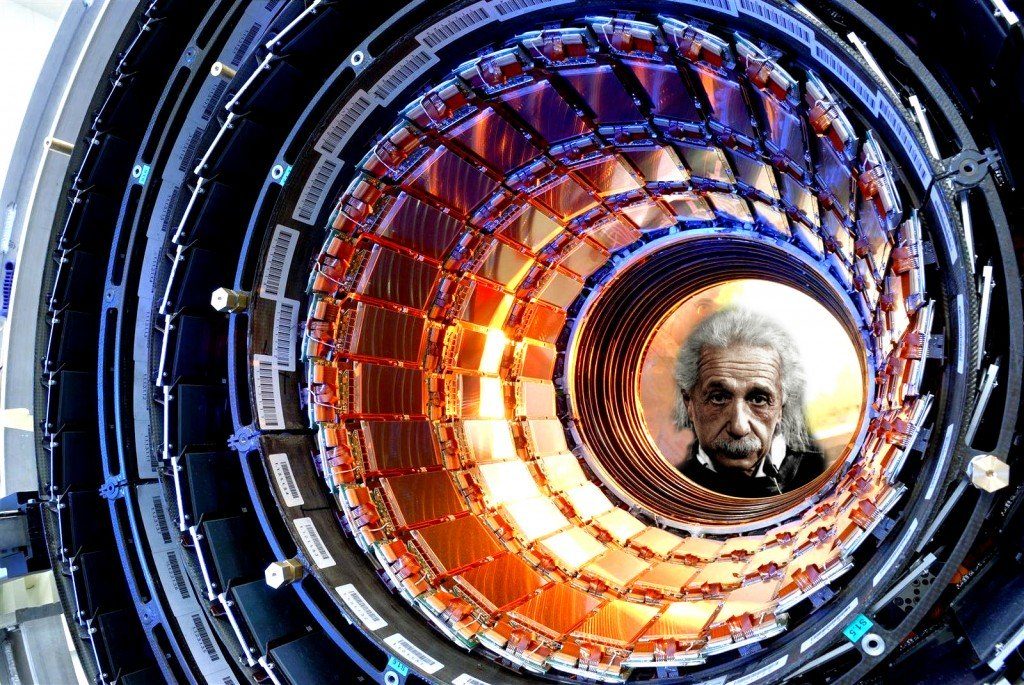
Often, whenever you hear of an intensely-exciting development in physics, proclamations of the lack of practical benefits soon follows – understandably, to an extent – from much of the general public.
After all, the LHC cost about $10 billion to build and run (this includes the salaries of the many PhDs and technicians that work on it – numbering in the thousands of people overall).
Although, as a physicist, the knowledge itself is singularly valuable, there should be practical benefits from such an expensive endeavor in the “real world.”
 The Large Hadron Collider and the work needed to collaborate effectively on it, has actually led to two things that dominate our everyday lives – much like pushing the envelope in space travel (NASA) resulted in crucial space-age materials like Styrofoam.
The Large Hadron Collider and the work needed to collaborate effectively on it, has actually led to two things that dominate our everyday lives – much like pushing the envelope in space travel (NASA) resulted in crucial space-age materials like Styrofoam.
The World Wide Web was first created by scientists at CERN as a practical means of communication between the thousands of scientists at different universities who worked on the project.
 Later, the phenomenon of cloud computing (Google Drive, anyone? How about DropBox? Thanks to CERN and the LHC – yes!) was developed for storing the vast amount of data that needed to be sifted through by scientists.
Later, the phenomenon of cloud computing (Google Drive, anyone? How about DropBox? Thanks to CERN and the LHC – yes!) was developed for storing the vast amount of data that needed to be sifted through by scientists.
Back then, it was called distributed computing; now, it is just emerging into mainstream usage in all kinds of multimedia.
It doesn’t stop there; medical technology has been enhanced by extending some of the techniques used by particle physicists with the LHC, as has solar energy capture and radiology for cancer. The potential advancements, just from residuals, are legion. With the discovery of the Higgs boson, the Standard Model of particle physics has fully emerged from theoretical supposition into science fact, and the Large Hadron Collider stands poised to probe even more fascinating and exotic physics.
[socialpoll id=”2421899″]
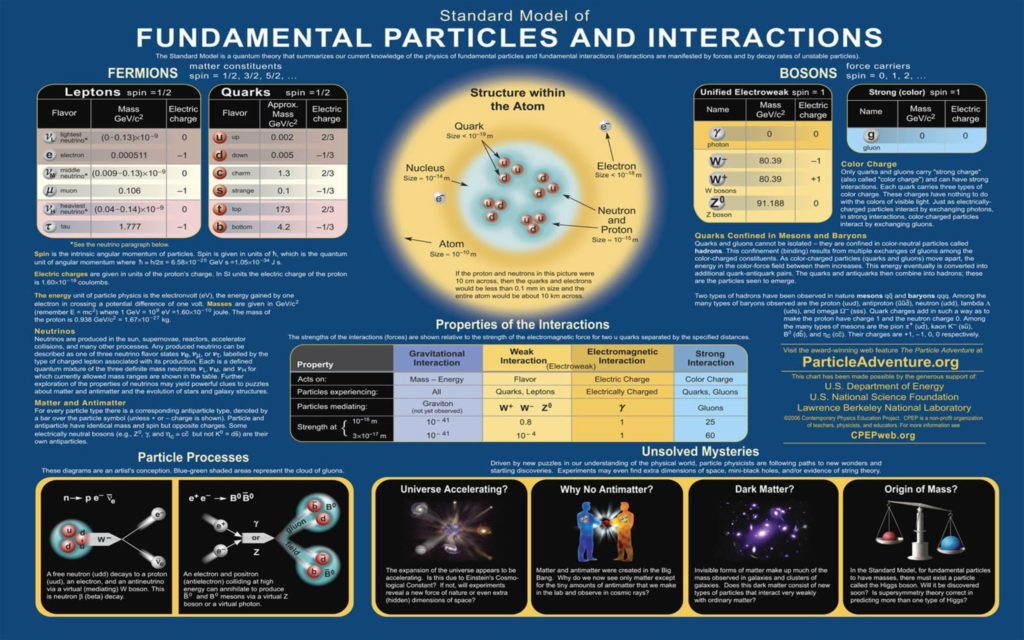
Fiat Lux – Why the ‘God’ Particle?
The somewhat frivolous delineation “God particle” coined for the Higgs boson doesn’t have much to do with religion per se – especially given that there are as many gods in the world of man as there are cultures (Ogun, Osiris, Allah, Jehovah, Shiva, Frigga, Wotan, Buddha, etc).
It simply refers to the idea that the Higgs boson was the progenitor of the mass in the universe.
The instanton that would one day become the universe was a crystal of almost perfect symmetry, with a single statistical impurity – this impurity was the original Higgs boson.
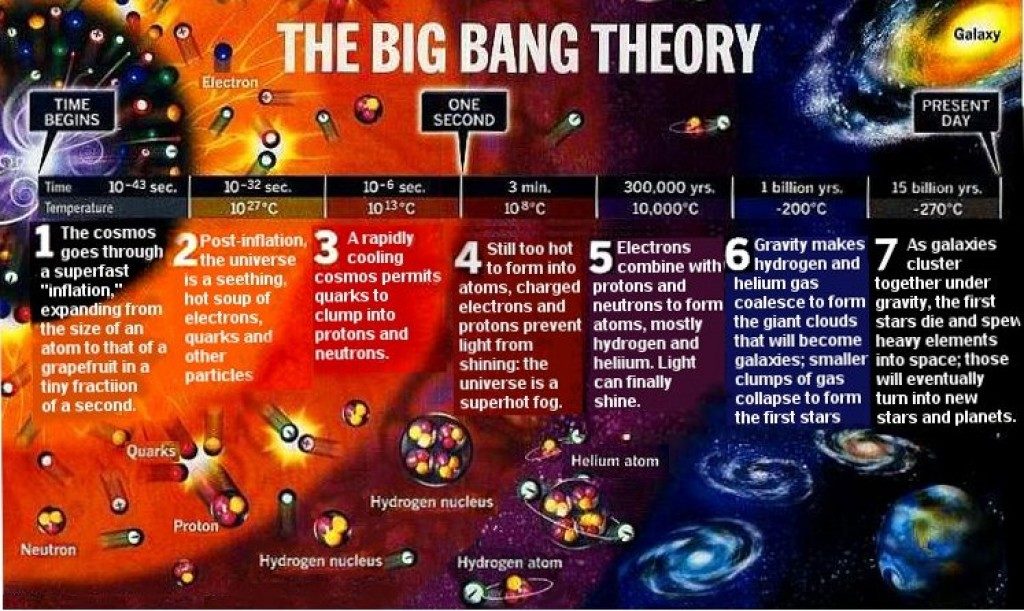
It was effectively the fuse that set off the Big Bang, by destabilizing the equilibrium – much like a pencil standing on the tip (this is an unstable equilibrium, as opposed to a bowl sitting upright, which is a stable equilibrium).
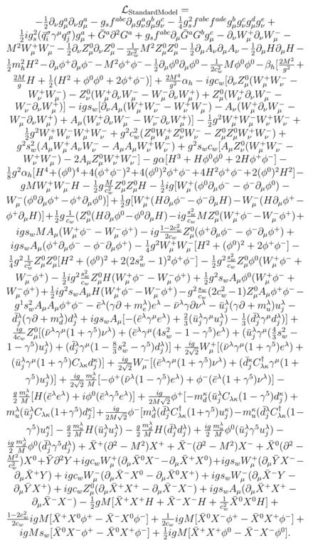
The Standard Model: The equations that govern the visible universe.
The tiniest disturbance will cause an unstable equilibrium to eventually destabilize completely; thus, the Higgs boson was the thing that put the “Bang” in the Big Bang.
“Let there be light,” indeed.
The name simply refers to what the Higgs particle is supposed to do – not any eschatological proclamations about what it is.
As the progenitor of mass in the universe, it effectively certifies the tenets of the Standard Model of Particle Physics, which tells us just about everything about the world we see around us.
Indeed, it is hoped that further investigations may one day reveal more about the world we don’t see around us, which actually makes up considerably more than the visible world.
Dark Matter and Dark Energy make up over 70 percent of the universe, and we currently have no idea what they are (that’s not exactly true; there are good hypotheses for the causes of dark matter, but they remain just that to date – hypotheses). In order to leak into the certain realm of theoretical physics, we need to find more – and it is hoped that the Large Hadron collider and the more powerful offspring to come will lead us resolutely into the future.

